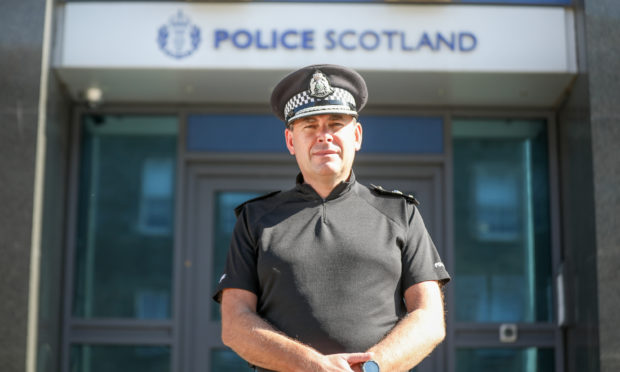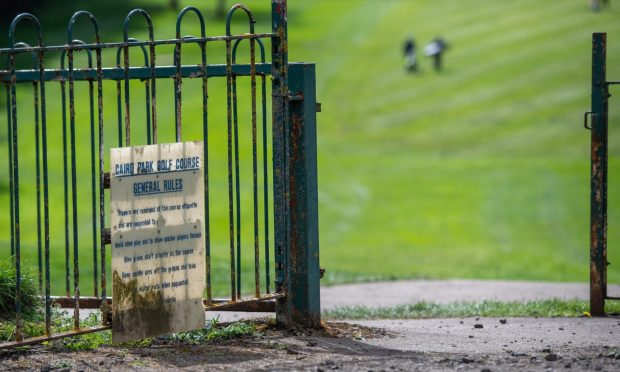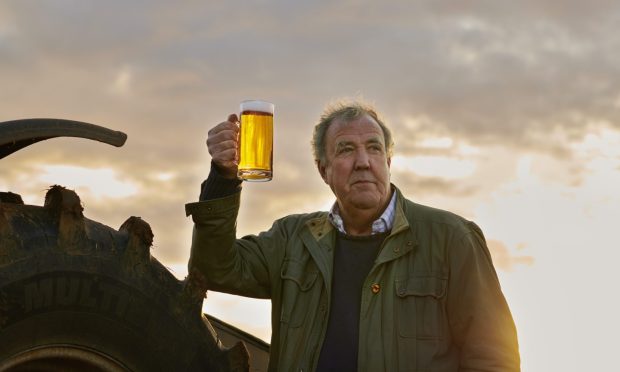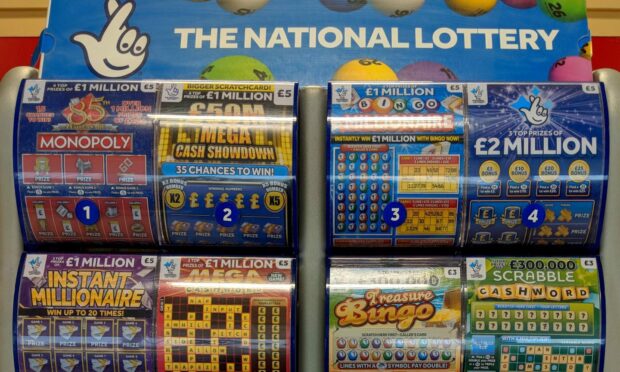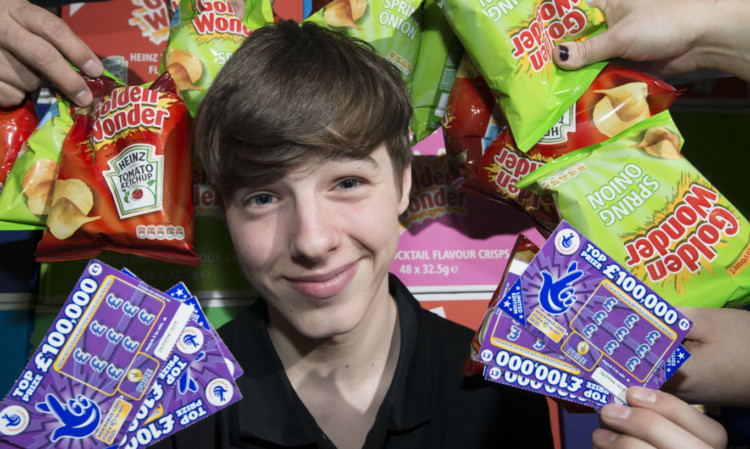Dundee police officers have been forced to socially isolate from their families after being spat at by assailants trying to infect them with Covid-19.
Tayside’s most senior police officer Chief Superintendent Andrew Todd updated Dundee councillors on the way the pandemic has affected police work in the city during April, May and June this year.
He also expanded on earlier comments that some detection rates were being “directly impacted by some Covid-19 restrictions and social distancing measures.”
He said the number of officers who have been assaulted during lockdown was an “absolute disgrace”, revealing the amount of officer safety training has been doubled from one to two days in response to the problem.
He said: “We were in the middle of the pandemic with hundred and hundreds of people positive. Some of those individuals are spitting on police officers, trying to deliberately infect police officers.
“The result being that they have to socially isolate from their families and be supported through the tension of what that actually might mean for them.
“I am grateful for councillors support around this one. Our staff are as vulnerable and as anxious as anyone else in society.
“As I have often said, they run towards danger when we expect everyone else to run away. The last thing we can ever accept is that it is part of the job to be assaulted.”
Chief Superintendent Todd also addressed the effect of social distancing and Covid-19 restrictions on police work in the city.
He had previously said, in his quarterly report published ahead of the meeting, that plunging detection rates linked to a spike in the number of break-ins in the city “were being directly impacted by some Covid-19 restrictions and social distancing measures.”
West End councillor Fraser Macpherson, Liberal Democrats, said the 62% rise in the offence, coupled with the fall in detection rates to 18.3%, was “undoubtedly a worry.”
He said social distancing restrictions would “continue to present a challenge to Police Scotland for some time to come.”
Chief Superintendent Todd said the numbers and “direction of travel” was a “concern” but were “consistent with our five year average.
“Our good performance from last year we have been unable to repeat this year and undoubtedly Covid-19 plays into that to an extent,” he said.
He said part of the fall in detection rates was due to the way Covid-19 had changed crime in the city.
He said officers believed criminals who may have shoplifted prior to lockdown were instead “breaking into each other’s homes.”
He said 41 of the 60 cases were attempted house break-ins.
“I would urge our community not to falsely believe they are all break ins to their houses,” he said.
He said officers had struggled to build a relationship with the victims of the crime, making it difficult to apprehend the perpetrators.
“It’s about increasing the confidence in victims to engage with us and provide us with the information we might need,” he added.
He also pointed out lockdown meant there were “ far fewer people out and about”, meaning it was more difficult to track down eyewitnesses.
